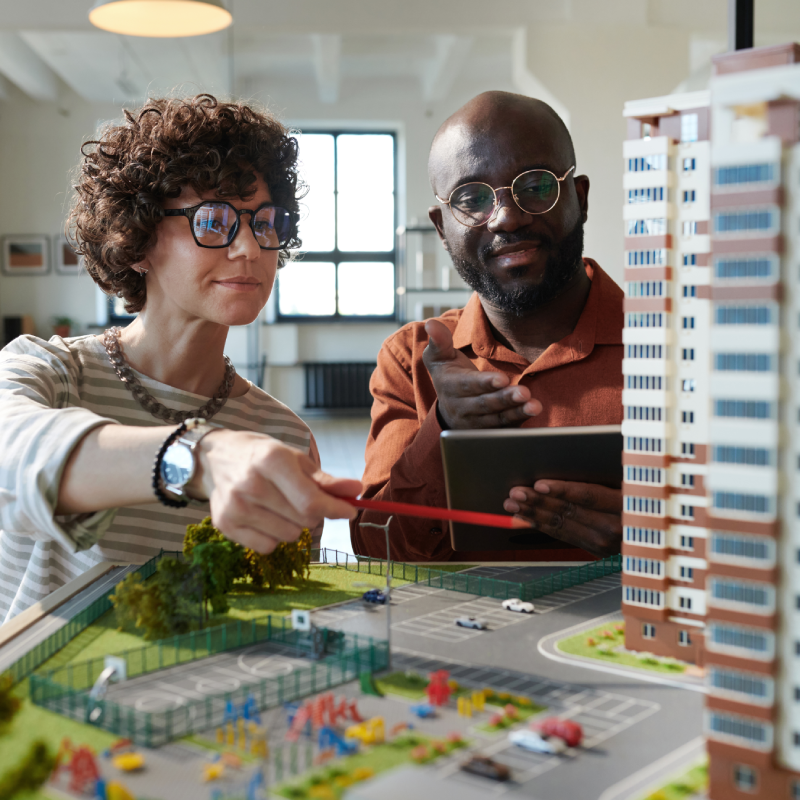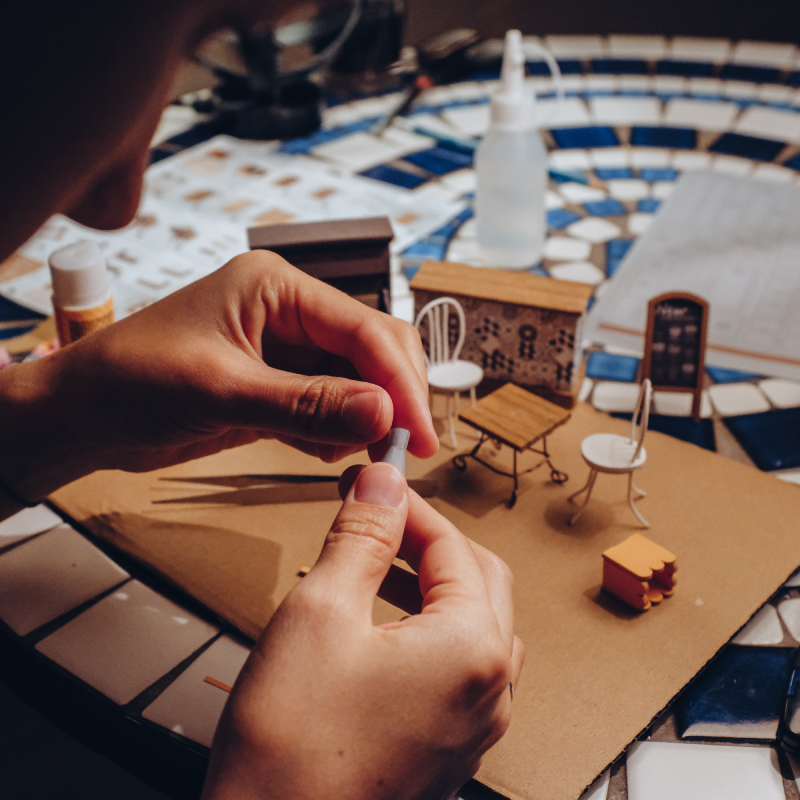In real estate and architectural development, turning a vision into a built reality takes more than floor plans and technical drawings. What bridges that gap—often overlooked but incredibly powerful—are miniature models.
Whether physical scale models or digital simulations, these tools allow developers, architects, and buyers to see, understand, and connect with a project before it’s built. In today’s competitive real estate market, that connection isn’t just helpful—it’s essential.



